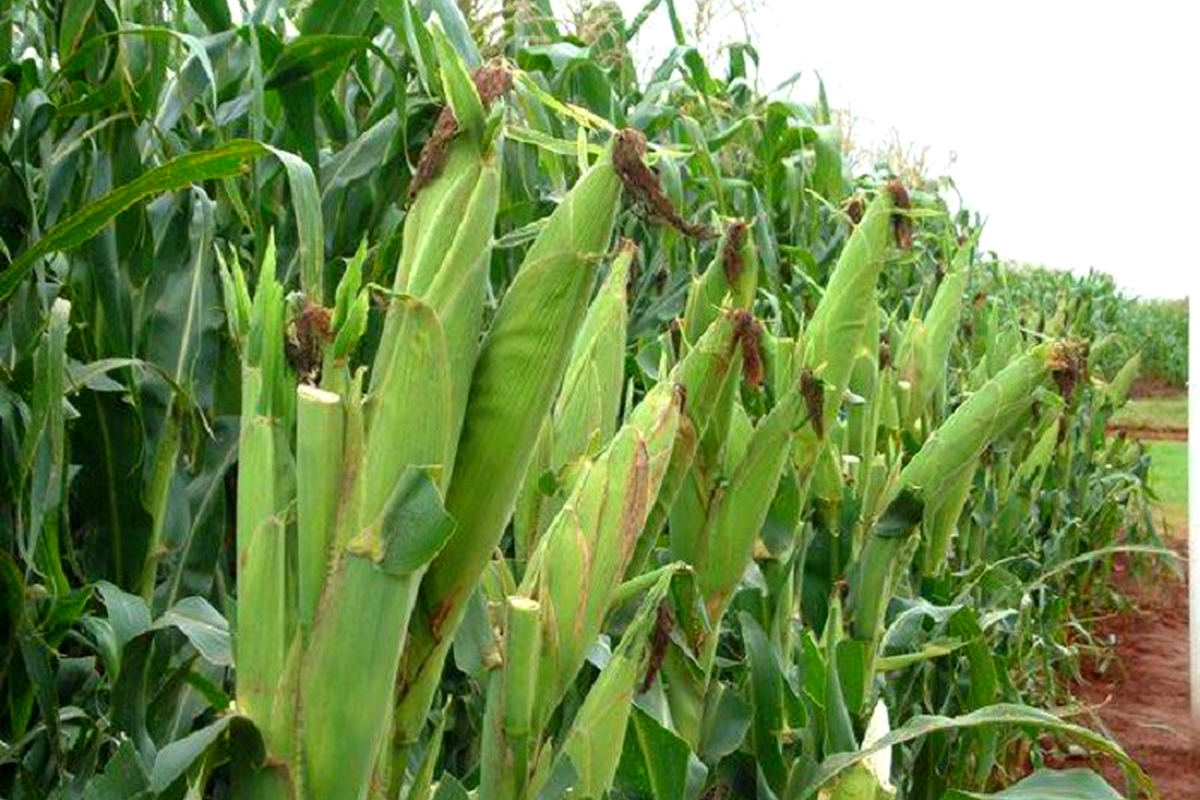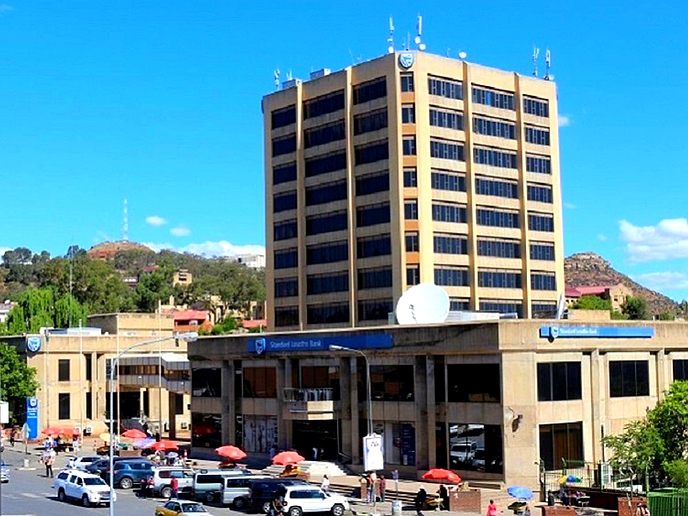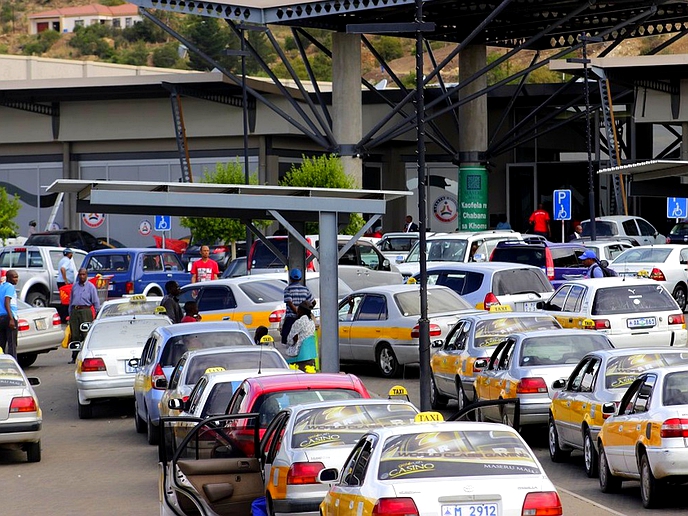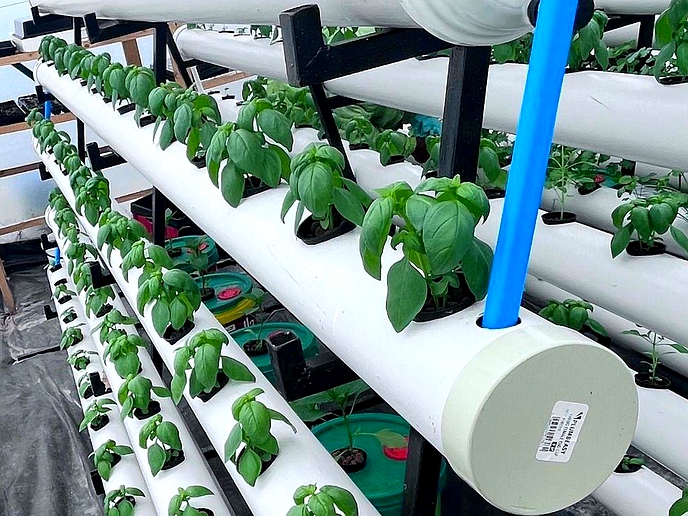A bumper harvest is imminent in Southern Africa following the heavy rainfall the region has received during the 2020/21 agricultural season.
business
March 15, 2021
STAFF REPORTER
5 min read
Bumper harvest expected in Southern Africa

According to the latest SADC Food Security Early Warning System Agromet Update released at the end of February, crops were in good condition in most of the Southern African Development Community (SADC) region due to the consistent rainfall experienced so far.
The report notes that crops were between vegetative and maturing stages in Botswana, Eswatini, Lesotho, Malawi, South Africa, Zambia and Zimbabwe, as well as the southern, central and western parts of the United Republic of Tanzania.
The good rains have further positively impacted on livestock, as both grazing conditions and water availability have improved in many parts of the region.
Latest reports from the Famine Early Warning System Network indicate that Malawi expects to achieve above average crop production in the 2020/21 season owing to the consistent rainfall and the increased access to inputs by farmers.
The first round production estimates by the Ministry of Agriculture and Food Security show that Malawi is expected to produce about 4.4 million metric tonnes of maize, which is 42 percent above the five-year average and 21 percent above the national requirement.
These prospects may, however, be revised downward due to dry spells in some southern districts of the country.
Reports from Lesotho reveal that the country is likely to have a better harvest than the previous three years despite localised flooding caused by heavy rainfall that occurred in late January and early February.
Although Zimbabwe is yet to finalise the results of its first crop and livestock assessment, preliminary findings indicate excellent conditions countrywide, with the exception of the southern parts of the country where crops have been damaged by leaching.
Zimbabwean Information, Publicity and Broadcasting Services Minister Monica Mutsvangwa said in February that an estimated 2.5 to 2.8 million metric tonnes of maize and 360 000 metric tonnes of traditional grain is anticipated in the 2020/21 season.
This will be about three times the harvest of the 2019/20 season.
The Zambia National Farmers Union said the country is anticipating a bumper harvest as crop production is likely to exceed previous records of the past four years.
If the region continues to receive sufficient rainfall until the end of the season, southern Africa is likely to achieve its food security status after years of consecutive droughts.
For instance, the 2020 Synthesis Report on the State of Food and Nutrition Security and Vulnerability in southern Africa indicates that about 44.8 million people across 13 SADC member states were left as food insecure due to a poor harvest and low rainfall experienced in the 2019/20 agriculture season.
The impact was further exacerbated by the effects of COVID-19.
In the previous year, 2018/19 rainfall season, the region recorded a decline in cereal production due to insufficient rainfall, leaving an estimated 41.2 million people in 13 SADC Member States food-insecure.
Despite the generally good picture in the region, some parts of southern Africa are still likely to have crops and forage negatively impacted by drought in the 2020/21 season. These areas include parts of Angola, Madagascar and Namibia.
Though the 2021 national cereal production for Mozambique is expected to remain near average, there are concerns of drought in the northern part of the country while the central and southern provinces were affected by Tropical Cyclone Guambe in the beginning of February.
In January, large areas of cropland were flooded by Tropical Cyclone Eloise in Mozambique, which also affected parts of Eswatini, Madagascar, South Africa and Zimbabwe. In late December 2020, Tropical Storm Chalane had caused some flooding in Mozambique.
Enjoy our daily newsletter from today
Access exclusive newsletters, along with previews of new media releases.
According to the Food Agriculture Organisation (FAO) reports, initial assessments indicate that Tropical Cyclone Eloise affected over 100 000 hectares of cropped land in Mozambique though the extent of damage to crops is yet to be known.
Further, the persistent rainfall has resulted in leaching and waterlogging of crops in areas such as Lesotho, the north-eastern and central Botswana, South Africa, Zambia, and Zimbabwe.
In order to reduce food insecurity in the region, member states in Southern Africa have continued to put in place various strategies both at national and regional level.
The strategies include a combination of short-term measures such as social protection programmes to support those immediately affected, as well as more medium to long-term strategies focused around areas such as the maintenance of domestic and international supply chains and incentives for the diversification of agricultural production.
Member states are further advancing their water harvesting technologies so as to harness the available water for future use. –sardc.net
Tailored for you






